What Is A Candelilla Plant – How To Grow A Wax Euphorbia Succulent
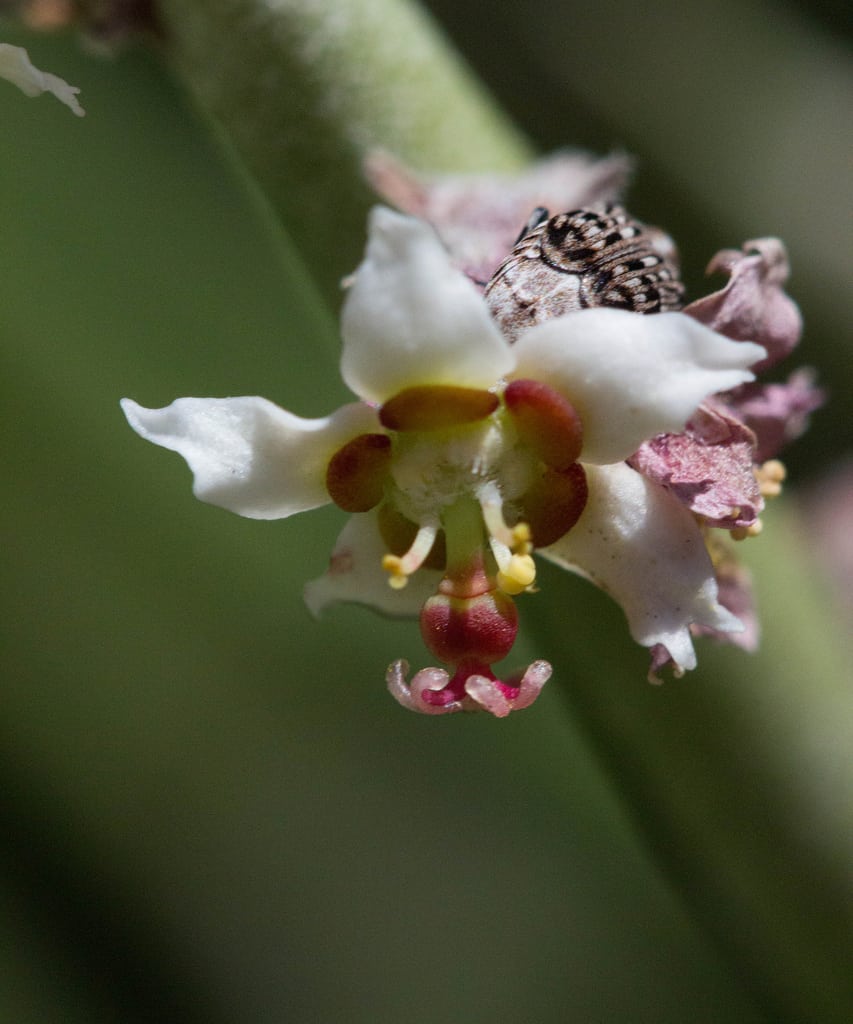

Candles create romantic drama but candelilla provides diminutive charm to the garden. What is a candelilla? It is a succulent plant in the Euphorbia family that is native to the Chihuahuan desert from west Texas south into Mexico. It is also called a wax euphorbia succulent due to its waxy stems. Read up on candelilla plant care so you can enjoy this adorable succulent.
What is a Candelilla?
Succulent lovers should definitely have a wax euphorbia succulent in their collection. According to wax euphorbia info, there are no serious pests or diseases associated with this plant and it has an ease of care which appeals to forgetful gardeners. Try growing a candelilla euphorbia (Euphorbia antisyphilitica) as a houseplant or outdoors in warmer regions. Candelilla means 'little candle' in Spanish and refers to the slender stems and waxy coating. The wax can be extracted by boiling and is used in candles, soap, waterproofing compounds, and even floor polish. The leaves are very tiny and fall quickly during the early growing season. The standouts are the pencil thin, grayish green stems that grow erect, 1 to 3 feet (31-91 cm.). Wax euphorbia succulent stems splay out in a carefree manner. Tiny white flowers with red centers form directly on the stems in spring and into early summer.
Additional Wax Euphorbia Info
In Texas, candelilla stems are harvested to make wax. The purpose of the wax is to slow evaporation so that plants can withstand harsh, arid landscapes. The plant's latex sap is slightly toxic and can lead to dermatitis discomfort. It is suggested that the compounds derived from the plant may have been an early treatment for syphilis. Wax euphorbia succulents grow wild on gravelly limestone hills and are very drought tolerant once established. The plants are suited for USDA zones 8 to 11 but perform well as indoor houseplants. Rockeries, sandy soils, and shallow succulent displays are ideal for growing a candelilla euphorbia.
Candelilla Plant Care
The wax euphorbia succulent can be grown in full sun to partial shade, although formation of the flowers may be sacrificed in low light situations. It is tolerant of temperatures down to 28 degrees F. (-2 C.) and dry conditions. In the garden, supplemental irrigation in spring and summer will encourage growth. Propagation of this euphorbia is by seed and division. Divide the plant every three to five years or when it is crowded in its container. In-ground plants will need well-draining, slightly gritty soil. Wax euphorbia can even tolerate slightly alkaline soils. This cute little evergreen makes a great addition to a succulent or desert landscape with no-fuss management.
Gardening tips, videos, info and more delivered right to your inbox!
Sign up for the Gardening Know How newsletter today and receive a free copy of our e-book "How to Grow Delicious Tomatoes".

Bonnie Grant is a professional landscaper with a Certification in Urban Gardening. She has been gardening and writing for 15 years. A former professional chef, she has a passion for edible landscaping.
-
 Get Ready For A Summer Of Hummers! Grow These Full Sun Hummingbird Plants and Flowers
Get Ready For A Summer Of Hummers! Grow These Full Sun Hummingbird Plants and FlowersIf you’re lucky enough to enjoy a sunny backyard, make sure you are maxing out on your pollinator opportunities and grow these full sun hummingbird plants and flowers
By Tonya Barnett
-
 12 Lush Alternatives To A Lawn For Sustainable Spaces
12 Lush Alternatives To A Lawn For Sustainable SpacesAlternatives to a lawn are beautiful and also beneficial to your local ecosystem and its pollinators. Explore our top picks for plants to replace grass.
By Tonya Barnett
-
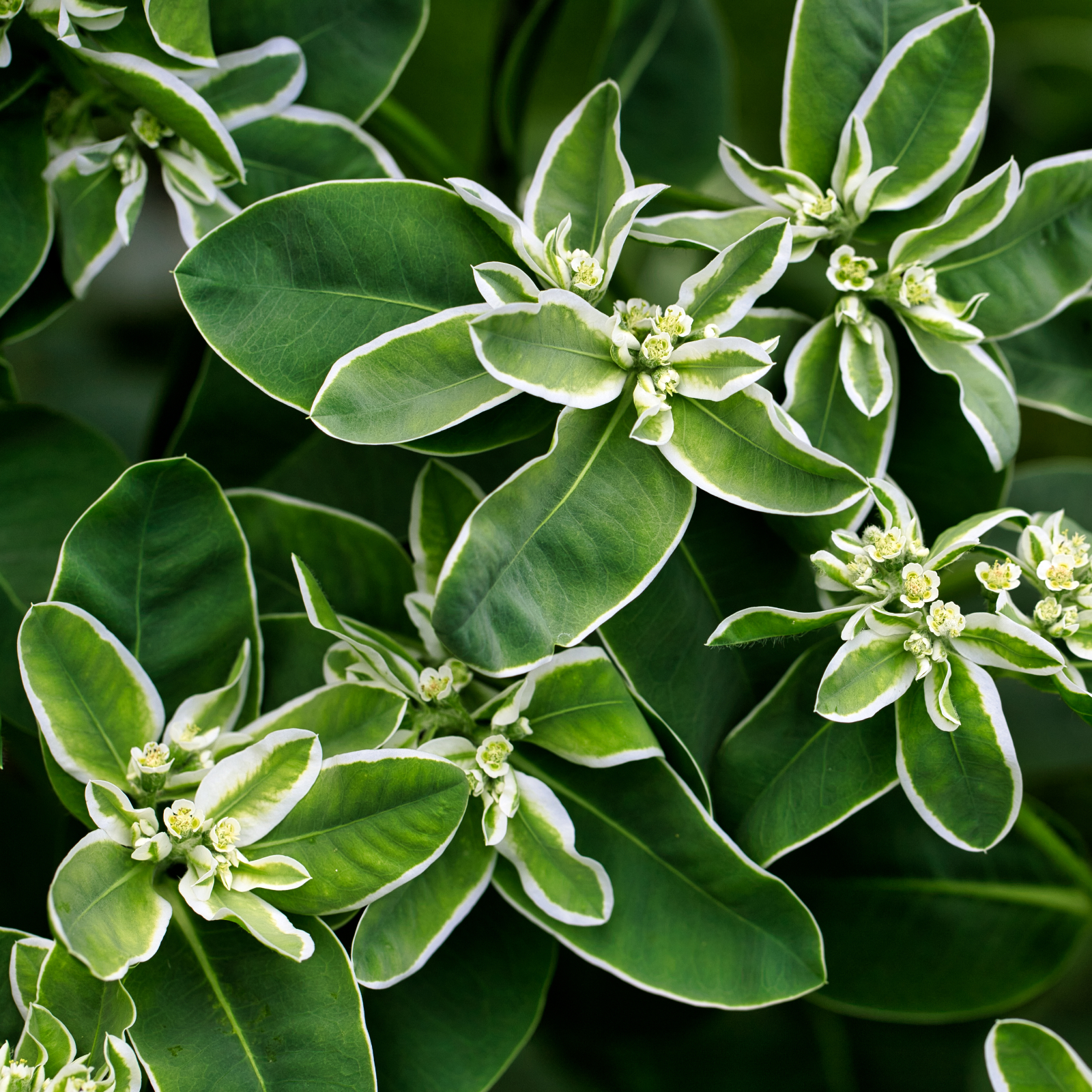 Snow On The Mountain (Euphorbia Marginata): Complete Care And Growing Guide
Snow On The Mountain (Euphorbia Marginata): Complete Care And Growing GuideSnow on the Mountain is a unique succulent plant that is native to North America. Learn all about Euphorbia marginata and how to care for it in your garden.
By Bonnie L. Grant
-
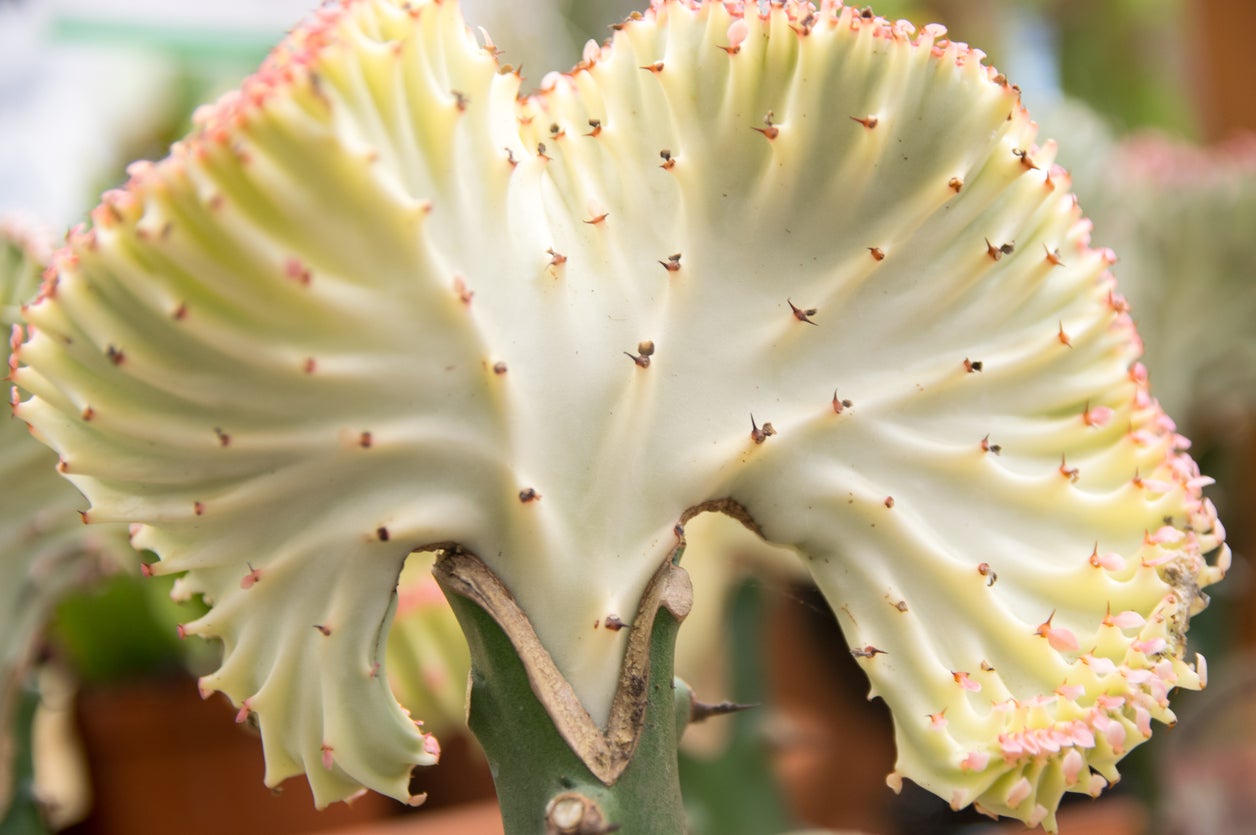 Euphorbia Stem Rot Issues – Reasons For A Rotting Candelabra Cactus
Euphorbia Stem Rot Issues – Reasons For A Rotting Candelabra CactusCandelabra cactus stem rot, also called euphorbia stem rot, is caused by a fungal disease. The tall stems of euphorbia begin to rot at the top of the limbs once the fungus takes hold. Click this article for more information about this disease.
By Becca Badgett
-
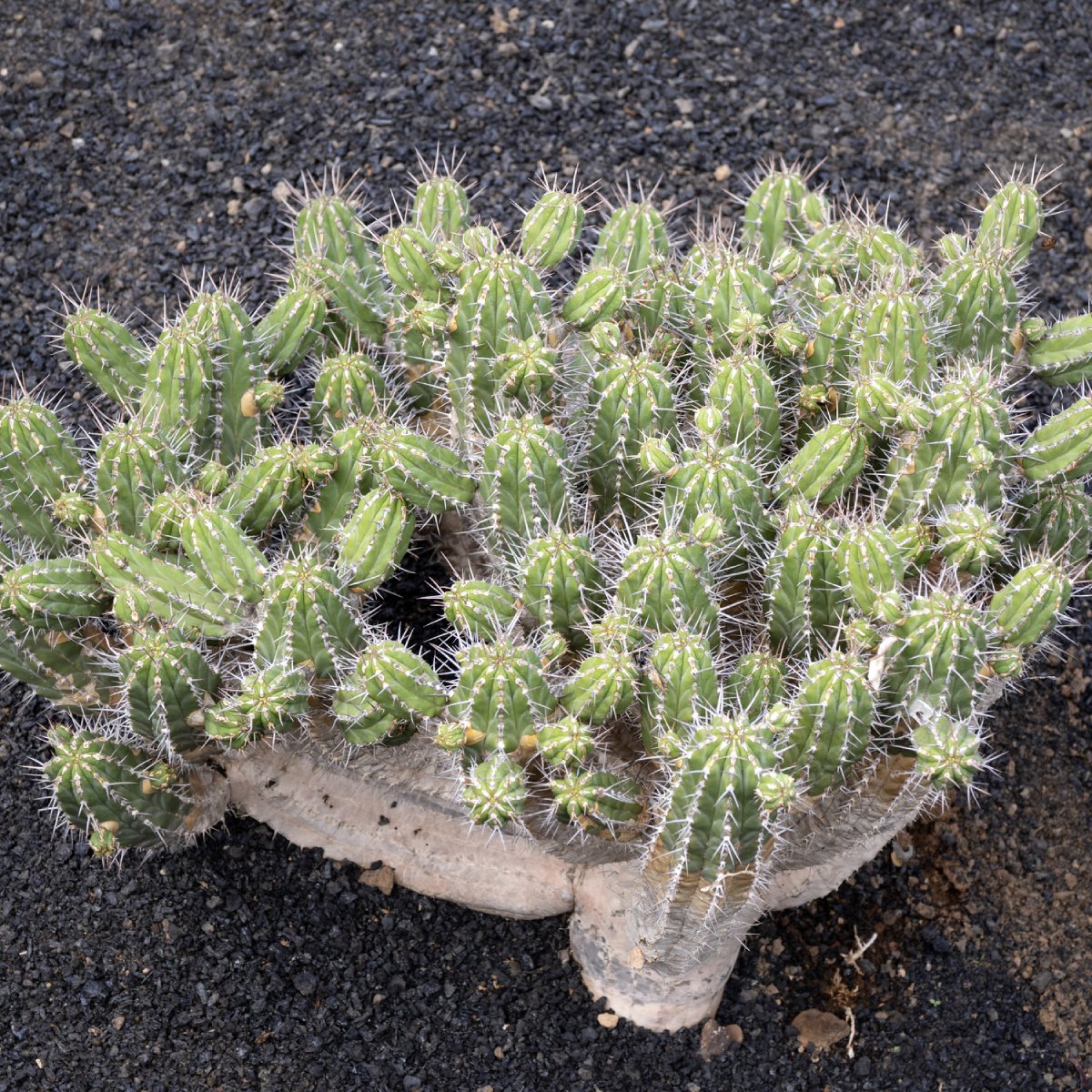 Moroccan Mound Succulents: How To Grow Euphorbia Resinifera Plant
Moroccan Mound Succulents: How To Grow Euphorbia Resinifera PlantBy Amy Grant
-
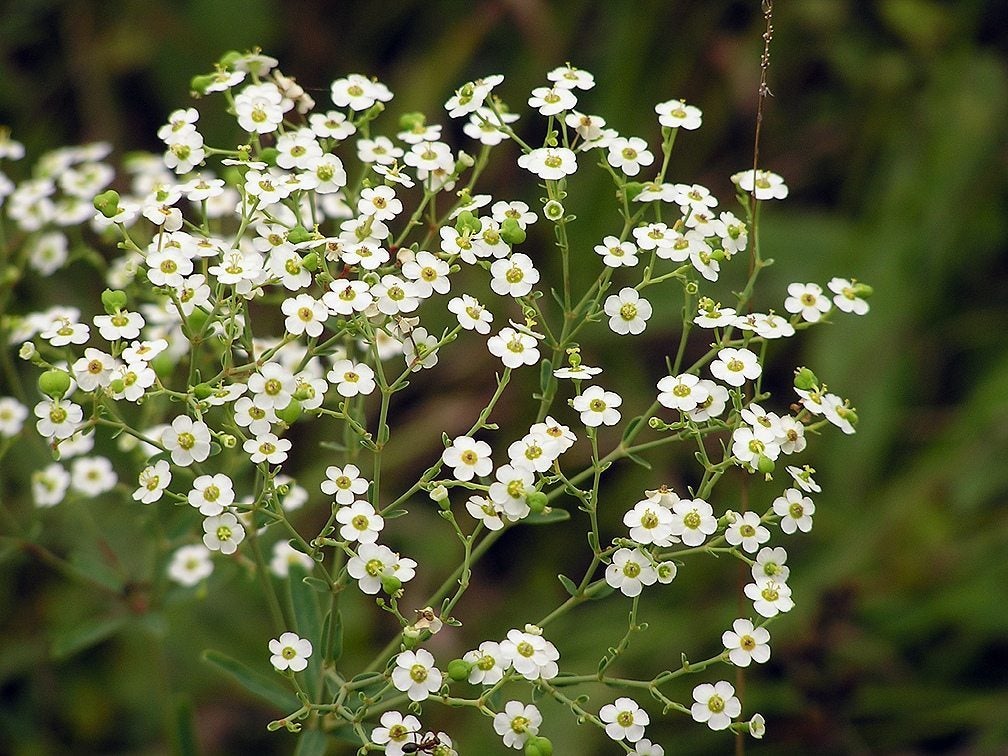 Flowering Spurge Info – Learn How To Grow Flowering Spurge Plants
Flowering Spurge Info – Learn How To Grow Flowering Spurge PlantsAlso known as baby's breath of the prairie, flowering spurge plants produce white, green-centered flowers from early summer to late summer. Growing flowering spurge isn't difficult as long as you can provide the right conditions. Click here to learn more.
By Mary H. Dyer
-
 Euphorbia Medusa’s Head Care: How To Grow A Medusa’s Head Plant
Euphorbia Medusa’s Head Care: How To Grow A Medusa’s Head PlantThe genus Euphorbia boasts a number of fascinating and beautiful plants, and the Medusa's Head euphorbia is one of the most unique, with grayish-green, snake-like branches and yellowish-green blooms. Want to learn how to grow a Medusa's Head? Click here.
By Mary H. Dyer
-
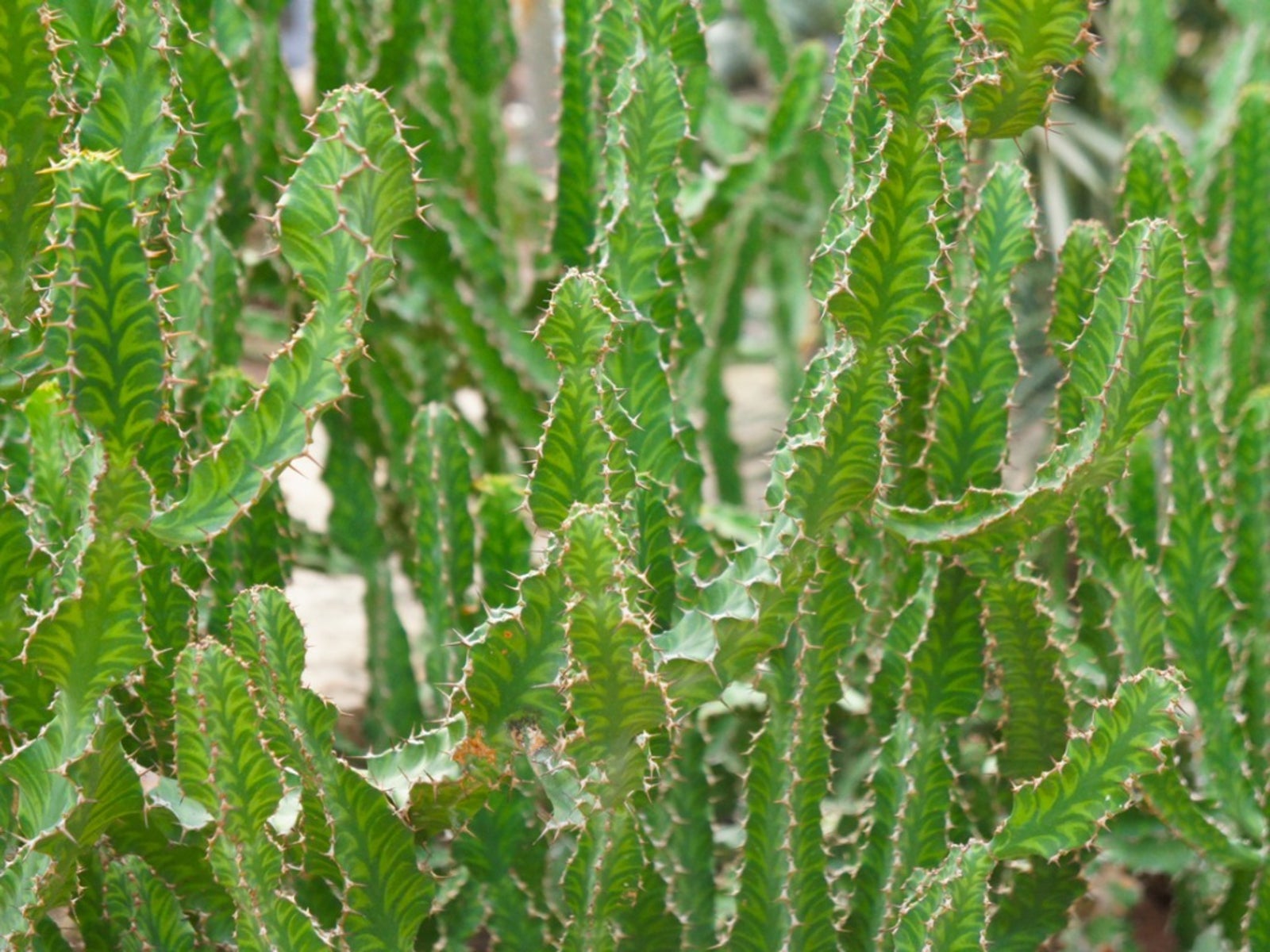 Caring For Dragon Bone Plants – Learn How To Grow Dragon Bones
Caring For Dragon Bone Plants – Learn How To Grow Dragon BonesDragon bone euphorbia is an elegant and structurally unique plant that can live on the patio in summer as long as it is brought indoors before cool temperatures arrive. Learn more about the plant and how to grow it in this article.
By Bonnie L. Grant
-
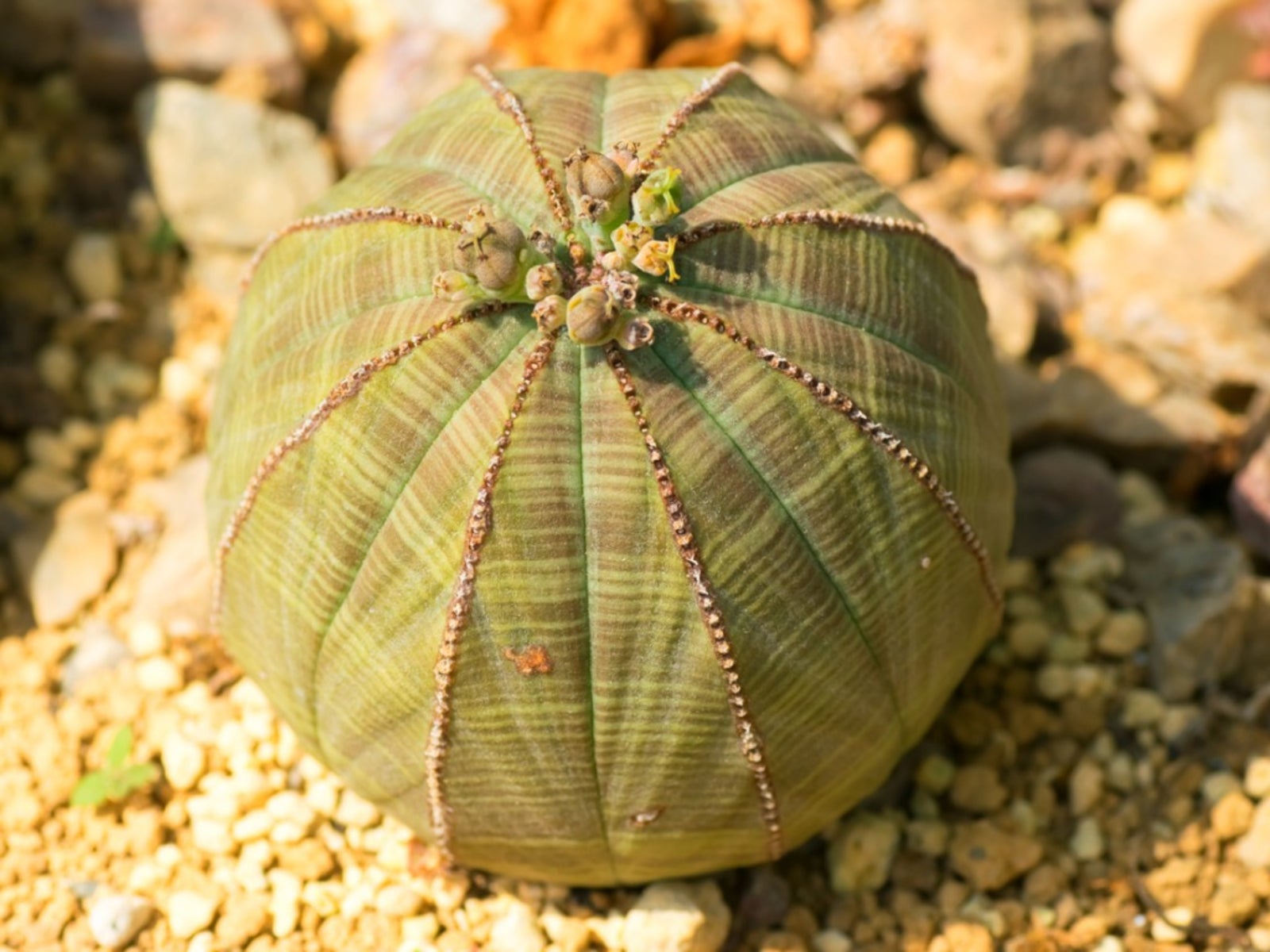 Baseball Plant Info: How To Grow Baseball Euphorbia
Baseball Plant Info: How To Grow Baseball EuphorbiaEuphorbia obesa, also called baseball plant, forms a ball-like segmented shape that is adapted to hot, arid climates. Euphorbia baseball plant makes an excellent houseplant and is low maintenance. Read here to learn more about it.
By Bonnie L. Grant
-
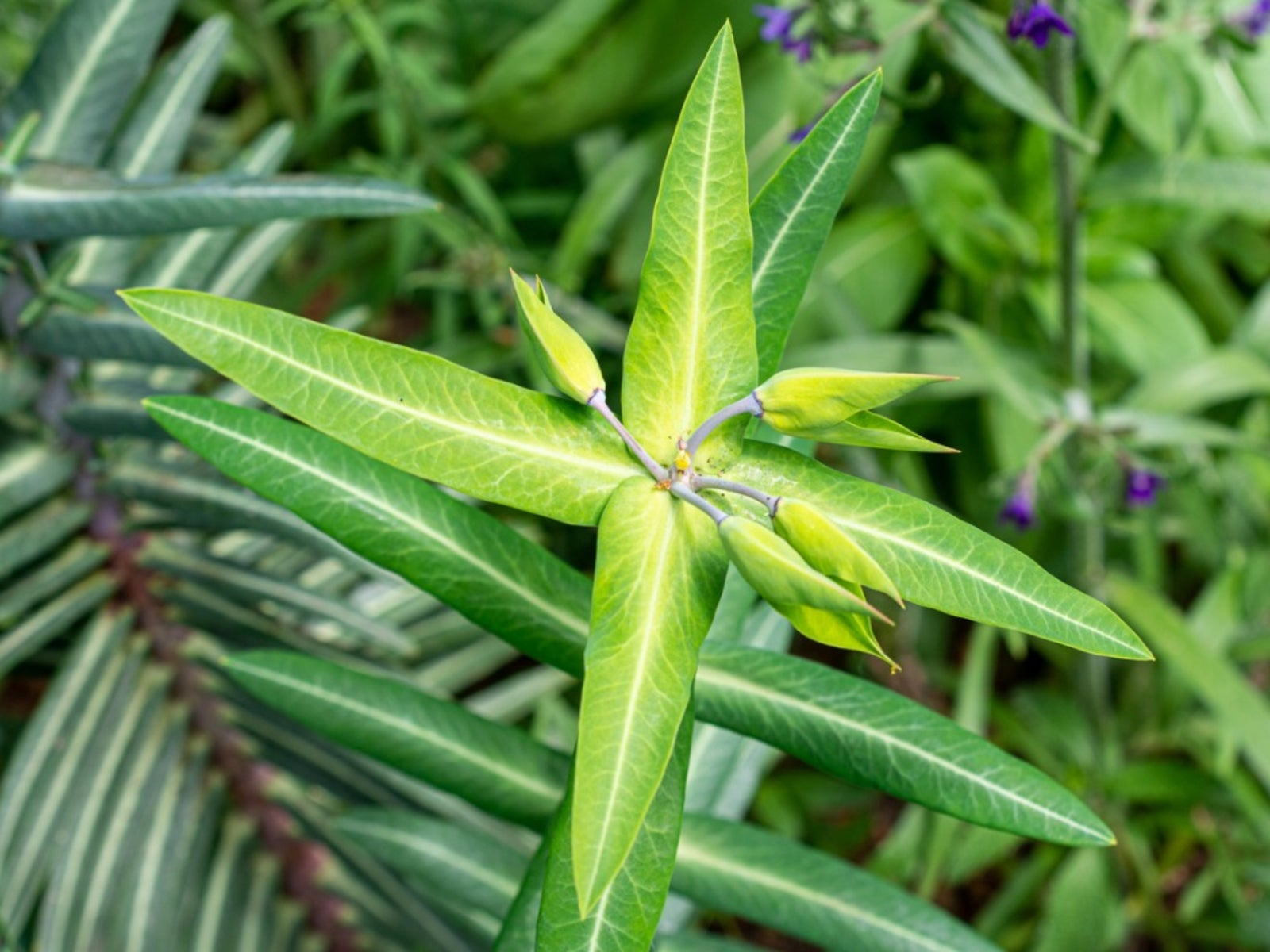 What Is Mole Plant Euphorbia: Information On Grow A Mole Spurge Plant
What Is Mole Plant Euphorbia: Information On Grow A Mole Spurge PlantYou've probably seen the mole plant euphorbia blooming in pastures or meadows, but if you're not familiar with the name, you may wonder, "What is a mole plant?". Read here to find out more.
By Becca Badgett